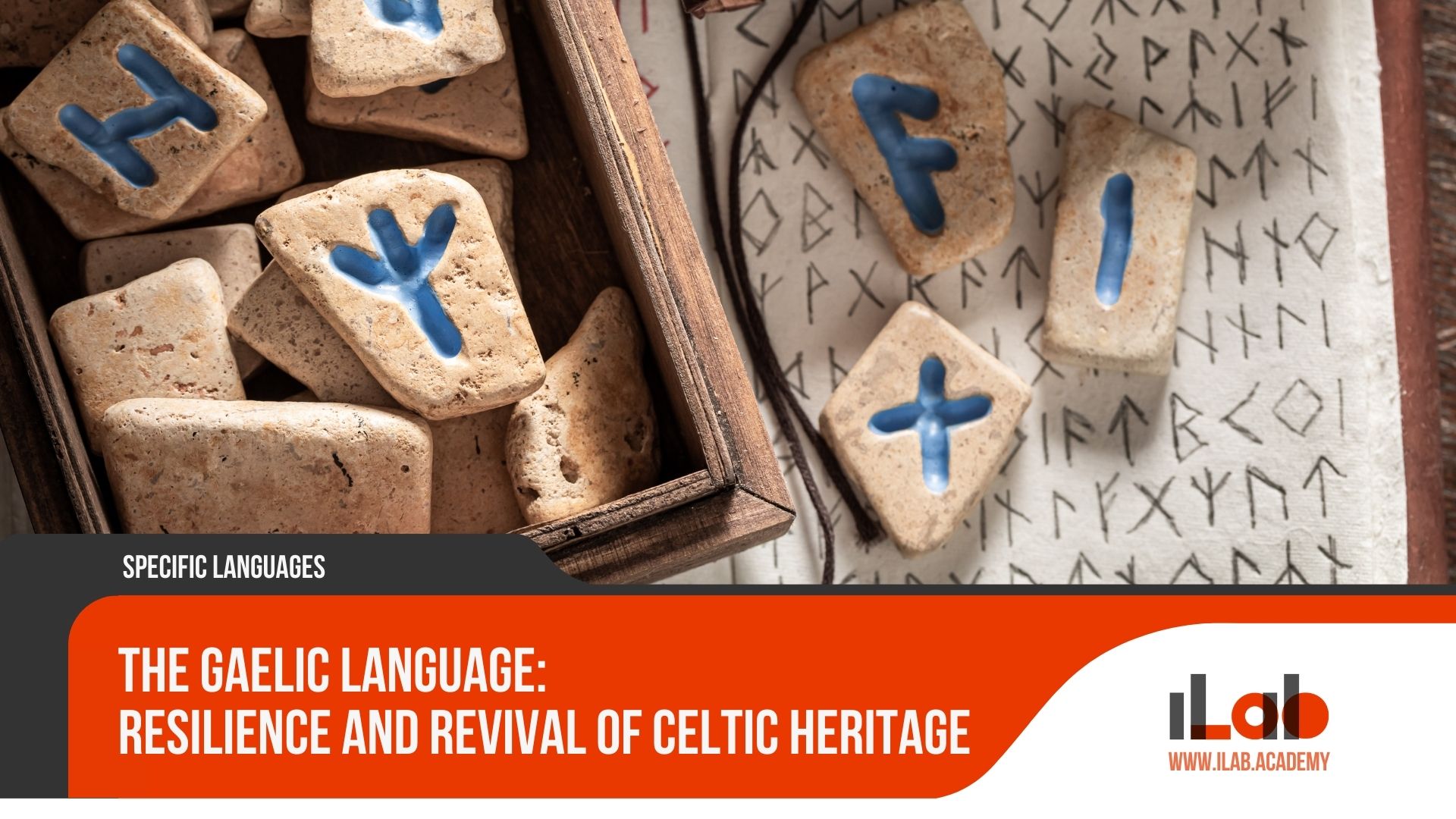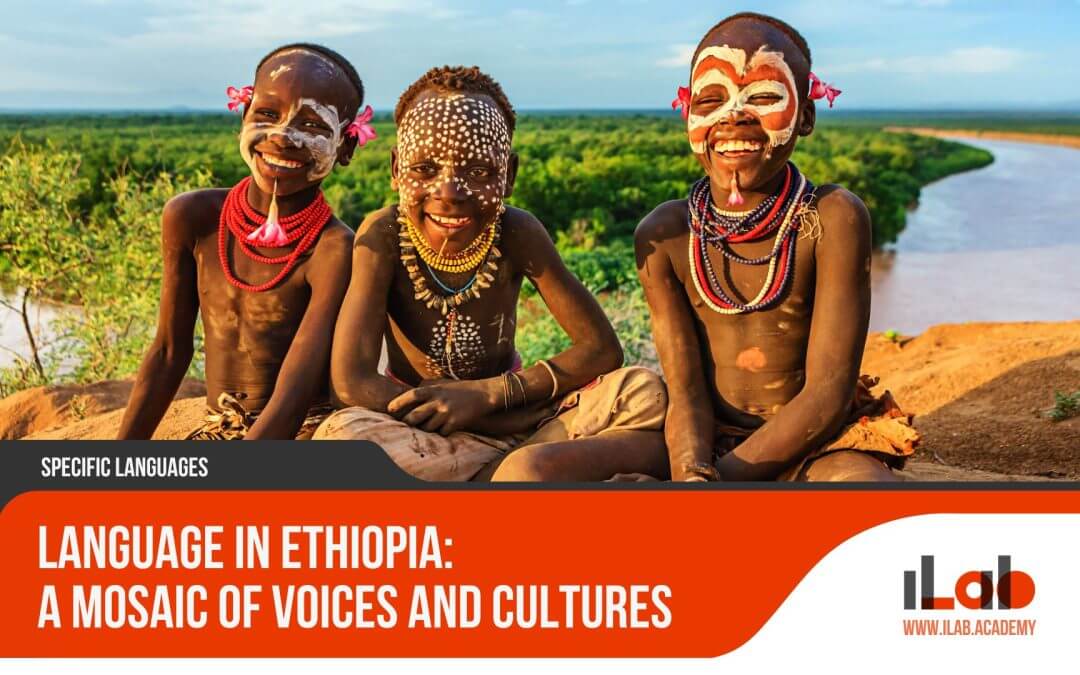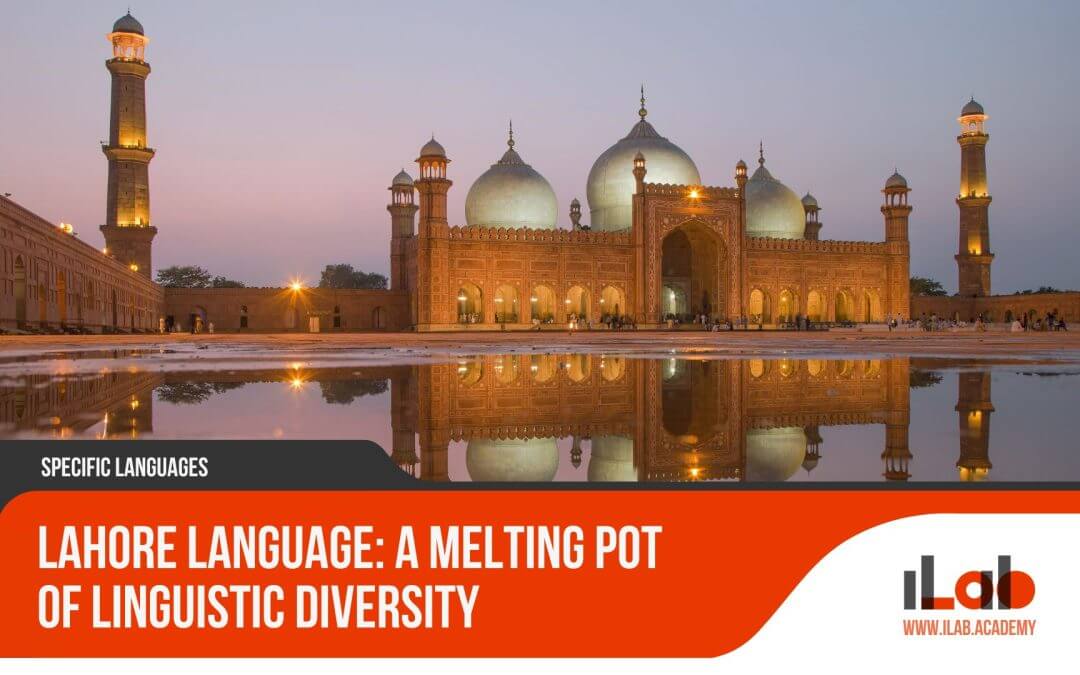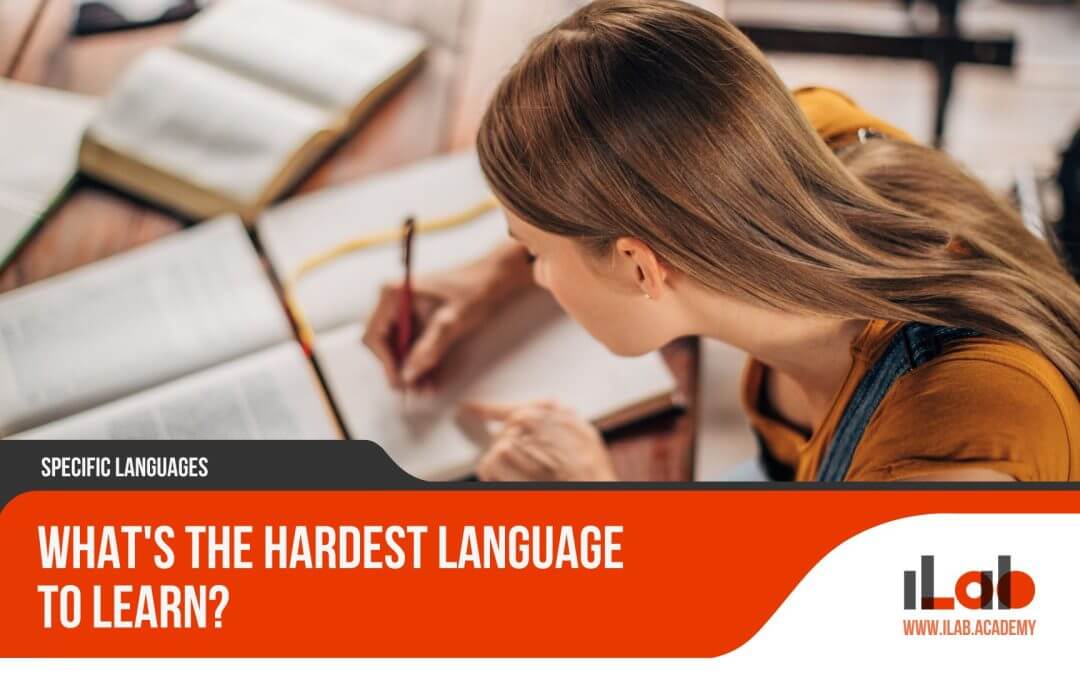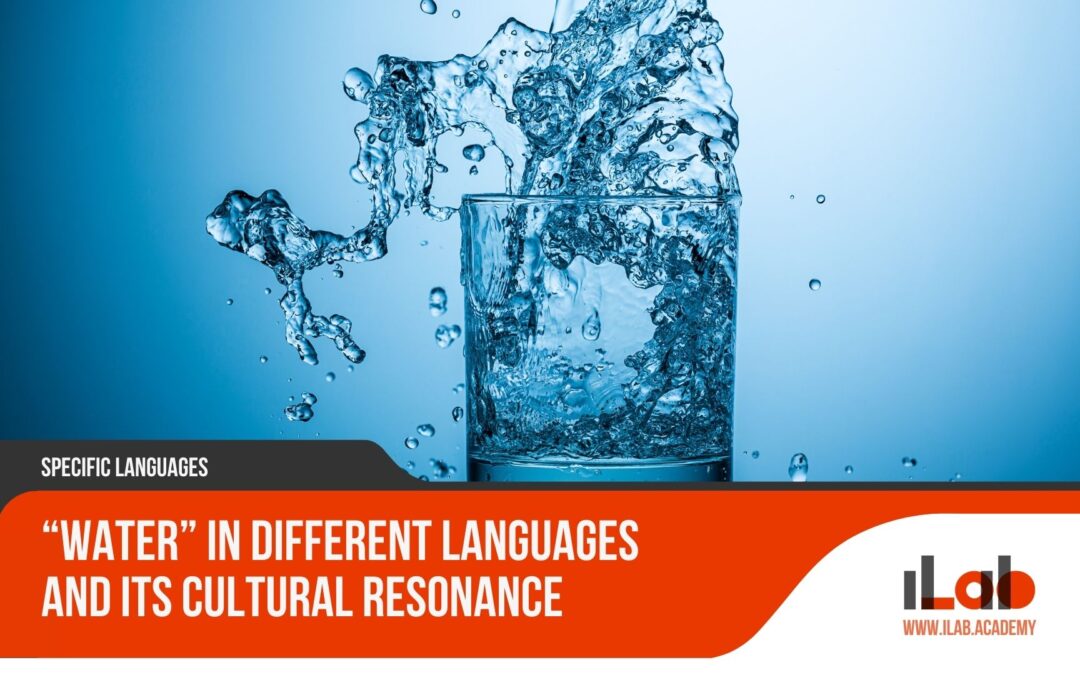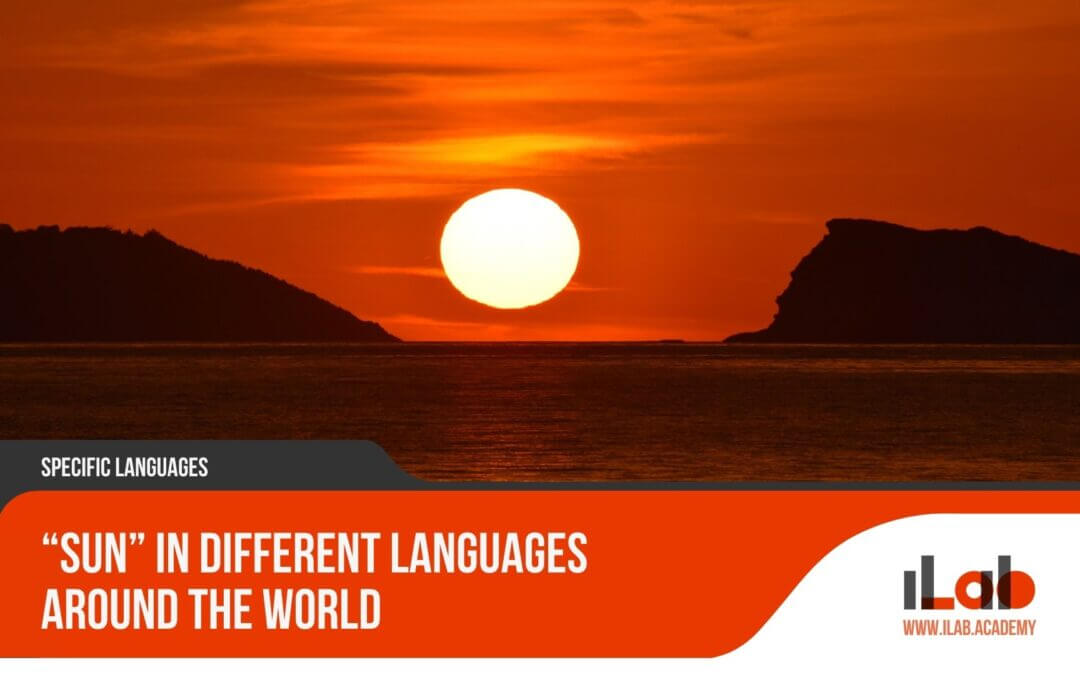Table of contents
The Gaelic language, a cornerstone of Celtic identity, has weathered the vicissitudes of time, undergoing periods of both decline and renaissance. Its resilience is not merely a linguistic phenomenon but a testimony to the enduring spirit of a culture that has fought to preserve its voice against the tides of political and social change. In this discourse, we shall trace the intricate history of Gaelic, from its roots in the Celtic linguistic family to the present-day efforts that aim to reinvigorate its usage across generations. Through a measured examination of both Scottish and Irish Gaelic, we will unravel the complexities and commonalities that define these languages and their place in the broader Celtic tapestry. Moreover, the exploration of Gaelic’s profound impact on cultural forms, such as music and literature, will reveal the depth of its imprint on Celtic consciousness. As we consider the varied strategies employed to foster Gaelic’s revival—including educational policies, technological advancements, and government support—the question arises: can a language with such a storied past secure its role in an ever-evolving modern landscape? The discourse ahead promises to uncover the multifaceted efforts that contribute to the Gaelic language’s path towards a vibrant future.
Key Takeaways
- The Gaelic language has a rich historical foundation within the Celtic family and has experienced a decline over time.
- There is a distinction between Scottish Gaelic and Irish Gaelic, both of which have their own unique characteristics and heritage.
- Gaelic languages have complex structures and linguistic features that set them apart.
- Gaelic has played a significant role in cultural expression, including music, literature, and folklore.
Origins and History of the Gaelic Language
The Gaelic language, an enduring branch of the Celtic linguistic family, boasts a rich tapestry of history that traces its origins back to the early medieval period and reflects the socio-political changes that have influenced its usage and prevalence over the centuries. Stemming from the same Indo-European roots that nurtured Latin, Greek, and Sanskrit, Gaelic evolved and diversified from its ancient Celtic progenitors, establishing itself firmly in the cultural and social fabric of the Celtic peoples.
Originally spoken by the Gaels in Ireland, the language spread to Scotland and the Isle of Man, forming a linguistic continuum that has since differentiated into distinct but related languages: Irish Gaelic, Scottish Gaelic, and Manx. The language’s history is inextricably linked with the fortunes of the Gaelic peoples, flourishing during periods of independence and retreating under political subjugation and cultural pressures.
Gaelic’s decline can be traced to a confluence of factors, including English and Scottish political hegemony, the Highland Clearances, and the Great Famine in Ireland, which catalyzed a diaspora and weakened traditional Gaelic-speaking communities. Through the centuries, the language has faced significant challenges, but it has also shown remarkable resilience, surviving and, in recent times, experiencing a revival.
Understanding the historical context of Gaelic is crucial to appreciating its significance as a vessel of cultural heritage. It gives insight into the language’s survival against the odds and underscores the importance of ongoing efforts to preserve and revitalize a linguistic tradition that is a testament to the enduring spirit of the Gaelic people.
The Distinction Between Scottish Gaelic and Irish Gaelic
Often cloaked under the collective term ‘Gaelic,’ Scottish Gaelic and Irish Gaelic emerge as distinct languages, each with its own unique linguistic identity and cultural resonance. While both languages stem from Old Gaelic, their paths diverged over the centuries, leading to distinct evolutions in vocabulary, pronunciation, and grammar. Scottish Gaelic, or Gàidhlig, is primarily spoken in Scotland, particularly in the Highlands and the Western Isles. Irish Gaelic, or Gaeilge, is spoken in Ireland, with strongholds in the Gaeltacht regions where it remains the community language.
Despite their differences, these Gaelic languages share a common Celtic origin, reflected in their similar syntactical structures and a significant number of cognates—words that have a common etymological origin. Historically, the languages were part of a continuum, with dialectal variations that gradually changed from Ireland to Scotland. However, political, geographical, and cultural factors have influenced their divergence.
In modern times, the distinction between Scottish Gaelic and Irish Gaelic is clear and reinforced by the development of separate standardized orthographies and educational systems. Each language has its own official status and receives varying degrees of governmental support within its respective country. For instance, Scottish Gaelic is safeguarded under the Gaelic Language (Scotland) Act 2005, while Irish Gaelic benefits from constitutional status in Ireland and is an official language of the European Union.
Understanding the distinction between Scottish Gaelic and Irish Gaelic is crucial for appreciating the diversity and richness of the Gaelic linguistic heritage. It also informs efforts in language preservation and revitalization, ensuring that strategies are tailored to the specific needs and contexts of each language community.
Linguistic Characteristics of Gaelic
Building upon the understanding of Scottish Gaelic and Irish Gaelic as distinct entities, it becomes imperative to examine the linguistic features that characterize these Celtic languages. Both languages share a number of syntactic, phonetic, and grammatical characteristics that mark them as part of the Goidelic branch of the Celtic language family, yet they also display unique elements that distinguish them from one another.
Gaelic languages are known for their VSO (verb-subject-object) word order, which is relatively rare among the world’s languages. This means that typically, the verb comes first in a sentence, followed by the subject, and then the object. For example, in Irish Gaelic, one would say “Ithim an t-úll” (Eat I the apple), where “Ithim” is the verb “to eat.” In Scottish Gaelic, a similar structure would be used: “Ith mi an ubhal” (Eat I the apple).
Phonetically, Gaelic languages are rich in fricatives and feature both broad and slender consonants, which are differentiated by the presence of a nearby front vowel (e or i) or a back vowel (a, o, or u). This distinction affects the pronunciation of the consonant and can also influence the meaning of words.
Grammatically, both languages utilize a system of initial consonant mutations, where the first consonant of a word changes under certain grammatical conditions. For example, in Irish, “cat” (meaning “cat”) becomes “gcat” in the phrase “an gcat” (the cat), demonstrating lenition, a type of mutation. This feature is also present in Scottish Gaelic.
Both languages employ a set of prepositional pronouns, which combine prepositions with pronouns, creating forms that are not found in English. For instance, in Irish, “agam” means “at me,” and in Scottish Gaelic, “agam” serves a similar function.
Understanding these linguistic characteristics is crucial for those interested in the Gaelic languages, as they provide insight into the complexity and beauty of these ancient tongues.
Gaelic’s Role in Cultural Expression
Gaelic languages have historically woven the rich tapestry of Celtic cultural expression through mediums such as music, literature, and folklore. The essence of Gaelic permeates many facets of cultural life, embodying a unique perspective that is both ancient and dynamically contemporary. This linguistic heritage serves not only as a means of communication but also as a vital conduit for the transmission of cultural identity and values.
The role of Gaelic in cultural expression is multifaceted:
- Music and Song: Traditional Gaelic music is characterized by its distinctive melodies and use of the Gaelic language in song. These songs often convey stories of historical events, local legends, and personal narratives, connecting the past with the present through oral tradition.
- Literature and Poetry: Gaelic literature boasts a wealth of poetry, prose, and storytelling that dates back centuries. Contemporary Gaelic writers and poets continue to produce works that reflect modern life while maintaining the linguistic and thematic richness of their heritage.
- Folklore and Mythology: Gaelic folklore is replete with tales of mythical creatures, heroes, and ancient folklore. These stories are not mere fables but are ingrained in the cultural psyche, offering insights into the worldview of Gaelic-speaking communities.
- Visual Arts and Crafts: Artists and craftspeople often draw inspiration from Gaelic language and culture, creating works that reflect the landscapes, history, and soul of the Gaelic-speaking world.
Gaelic’s role in cultural expression is crucial for understanding the resilience of Celtic heritage. It is not only preserved in academic texts but is celebrated in festivals, taught in schools, and increasingly visible in contemporary media, ensuring that the language continues to be a living, breathing element of cultural identity.
Educational Initiatives and Language Teaching
As the cultural significance of Gaelic endures through various forms of expression, educational initiatives have emerged as a cornerstone in the language’s preservation and revival. Teaching Gaelic in schools and community settings has become increasingly prominent, with immersion programs, language courses, and university curricula all contributing to the language’s sustainability.
Immersion programs are particularly effective, as they offer students the opportunity to learn Gaelic in a naturalistic environment, often from a young age. This method has proven successful in fostering fluent speakers who are comfortable using the language in both personal and professional contexts. Language courses, on the other hand, provide structured learning for individuals at various stages of life, catering to beginners as well as those seeking to improve their proficiency.
Universities have also recognized the importance of Gaelic, incorporating it into their curricula. This not only facilitates advanced study of the language but also enables research into its history, literature, and role in society. Through academic exploration, Gaelic gains scholarly recognition, which further legitimizes its study and encourages a new generation of Gaelic scholars and enthusiasts.
The growth of language education in Gaelic demonstrates a concerted effort to maintain and revitalize the language. These educational initiatives serve not only as a means of transmission to new learners but also as a statement of cultural pride and identity. In fostering a learning environment that values Gaelic, communities and educational institutions play a pivotal role in ensuring that the language continues to thrive in the contemporary era.
Media and Technology in the Gaelic Language Revival
In the quest to revitalize Gaelic, media and technology have emerged as powerful tools, extending the reach and accessibility of the language to a global audience. The integration of Gaelic into various media and technological platforms has not only facilitated the preservation of the language but also sparked a renewed interest in its cultural significance. These advancements have played a pivotal role in the language’s resurgence, offering Gaelic speakers and learners alike new avenues to connect with their heritage.
Here are four key areas where media and technology have made a significant impact:
- Television and Radio: Gaelic broadcasting services, such as BBC ALBA and TG4, provide a range of content in Gaelic, from news to entertainment, ensuring regular exposure and creating a space for the language in daily life.
- Online Learning Resources: Numerous websites and applications offer Gaelic language courses, interactive games, and tutorials, making learning more accessible than ever before. These resources cater to varying levels of proficiency, from beginners to advanced speakers.
- Social Media: Platforms like Twitter, Facebook, and Instagram have become hubs for Gaelic speakers to share content, communicate, and foster community, further normalizing the language’s use in modern communication.
- Digital Archiving: Efforts to digitize historical Gaelic texts and recordings preserve the breadth of Gaelic literature and oral history, making it available to a wider audience and providing invaluable resources for scholars and enthusiasts.
The intersection of Gaelic with modern media and technology underlines the dynamic nature of language revival. It demonstrates that with the right tools and commitment, a language can transcend its traditional boundaries and thrive in the digital age.
Government Policies and Support for Gaelic
Governmental intervention has played a crucial role in the preservation and revival of the Gaelic language, with a range of policies and legislative measures designed to support its usage and development. These initiatives are critical in creating environments where Gaelic can thrive, both in educational settings and within the community at large. By recognizing the language’s cultural significance, governments have established frameworks that not only protect but also encourage the growth of Gaelic.
| Policy/Support | Description | Impact |
|---|---|---|
| Gaelic Language (Scotland) Act 2005 | Established to secure Gaelic as an official language of Scotland, commanding equal respect to English. | Enhanced status and visibility of Gaelic in public life. |
| The National Gaelic Language Plan | Outlines strategic directions for the promotion of Gaelic, aiming to increase the number of speakers. | Provides a roadmap for language growth and awareness. |
| Funding for Gaelic Education | Financial support for Gaelic medium education and resources across various educational stages. | Facilitates the increase in Gaelic language proficiency among young learners. |
| Bòrd na Gàidhlig | The principal public body in Scotland responsible for promoting Gaelic development and education. | Coordinates efforts across different sectors to implement the National Gaelic Language Plan. |
These measures demonstrate a commitment to creating a sustainable future for Gaelic. The support spans several domains, including legislation, education, and community engagement, each playing a fundamental role in revitalizing the language. As a result, there has been a marked increase in the number of Gaelic learners and a greater presence of the language in media and public affairs. The combined effect of these policies is not only to preserve Gaelic but also to celebrate and normalize its use in daily life, ensuring it remains a vibrant part of Celtic heritage.
Challenges Facing Gaelic Language Preservation
Despite governmental efforts to bolster Gaelic through various initiatives, the language continues to face significant challenges that threaten its preservation and everyday use. The Gaelic languages, embodying a rich cultural heritage, are at a critical juncture where the vibrancy of their future relies on overcoming these hurdles.
The primary challenges include:
- Declining Number of Native Speakers: The pool of fluent Gaelic speakers has been shrinking over generations, with many young people opting for languages with broader global utility. This decline poses a direct threat to the language’s survival as a living form of communication.
- Cultural Globalization and Language Shift: In an increasingly interconnected world, English and other major languages dominate cultural and economic exchanges, leading to a shift away from Gaelic, especially among the youth. This globalization effect dilutes the use of Gaelic in daily life.
- Limited Use in Public Life: Although there are efforts to promote the use of Gaelic, it is still often sidelined in public services, media, and commerce. This restricts opportunities for speakers to use the language in a wide range of social and professional contexts.
- Resource Allocation: While funding for Gaelic preservation exists, it must compete with other social priorities. Sustained and sufficient investment in education, media, and community initiatives is crucial for the language’s revival but can be challenging to secure.
Understanding these challenges is pivotal for stakeholders aiming to devise effective strategies for Gaelic preservation. It is a collective responsibility to ensure that the Gaelic language, a cornerstone of Celtic heritage, does not merely survive but thrives for generations to come.
The Future of Gaelic: Prospects and Efforts for Sustained Revival
Amidst the challenges, the Gaelic language is witnessing a resurgence, fueled by dedicated revitalization efforts and a growing sense of cultural identity among speakers. This revitalization is not merely about preserving a linguistic relic; it is about breathing life into a culture that expresses itself uniquely through its native tongue. As we look to the future, the trajectory of Gaelic’s revival is shaped by a combination of educational initiatives, media representation, and governmental support.
Educational programs, especially immersion schools, have proven to be a cornerstone in the effort to pass Gaelic on to younger generations. These institutions not only teach the language but also imbue students with a deep appreciation for their cultural heritage. Additionally, university curricula are increasingly including Gaelic studies, broadening the academic discourse and research around the language.
In the realm of media and technology, Gaelic is gaining a modern foothold. Television, radio broadcasts, and digital platforms are not only normalizing its use but also allowing it to evolve within contemporary contexts. This media presence has the dual effect of promoting the language and making it accessible to a global audience.
Governments in regions where Gaelic is spoken have also recognized the importance of the language to national identity and heritage. Legislative measures and policies are providing the structural support necessary for Gaelic’s growth, ensuring that efforts are not merely grassroots movements but part of a larger, nationally-backed initiative.
The future of Gaelic is one of optimism, supported by a concerted movement that intertwines cultural pride with practical measures. The continued vitality of Gaelic will depend on the sustained commitment of its speakers and advocates, ensuring that the language not only survives but thrives in the years to come.
Frequently Asked Questions
How Has the Gaelic Language Influenced Modern English Vocabulary?
The Gaelic language has had a modest influence on modern English vocabulary, contributing several terms, particularly from Scottish and Irish varieties. These include words related to culture, such as ‘whisky’ and ‘brogue’, and environmental features like ‘loch’ and ‘glen’. The integration of Gaelic terms into English reflects historical interactions and offers insight into the cultural and linguistic exchanges between Gaelic speakers and English-speaking populations.
Are There Any Notable Celebrities or Public Figures Who Actively Promote or Speak Gaelic Today?
Notable public figures and celebrities do actively promote and speak Gaelic, contributing to its contemporary visibility and allure. These individuals often utilize their platforms to encourage language learning and celebrate Gaelic culture, therefore playing a vital role in the language’s revival. Their involvement can significantly influence public perception and increase interest in Gaelic, demonstrating its relevance and fostering a connection with a broader audience.
What Are Some Common Misconceptions People Have About Gaelic and Those Who Speak It?
Common misconceptions about Gaelic include the belief that it is a single language rather than a group of languages, or that it is no longer spoken. People often mistakenly view Gaelic speakers as antiquated or irrelevant, ignoring the modern cultural and educational contexts in which the language thrives. Such misunderstandings underscore the importance of raising awareness about Gaelic’s contemporary usage and its significance in the heritage of its speakers.
How Have Diaspora Communities Contributed to the Preservation or Spread of Gaelic Outside Its Traditional Regions?
Diaspora communities play a pivotal role in the preservation and spread of Gaelic. They foster linguistic resilience by establishing cultural societies, teaching programs, and events that celebrate and maintain Gaelic traditions abroad. These activities not only help sustain the language among expatriates but also intrigue and educate non-natives, contributing to a wider global appreciation and potential growth of Gaelic language speakers outside its traditional heartlands.
Can Learning Gaelic Provide Any Cognitive or Career Benefits, and if So, What Are They?
Learning Gaelic can indeed offer cognitive benefits, such as enhanced memory and problem-solving skills, due to the mental engagement required to master a new language. It may also provide career advantages, particularly in fields related to Celtic studies, education, or in regions where Gaelic is spoken. Bilingualism is often viewed favorably by employers, as it can indicate strong communication skills and cultural sensitivity.
Conclusion
In conclusion, the Gaelic language, as a cornerstone of Celtic identity, has demonstrated remarkable resilience. Despite historical challenges, concerted efforts in education, policy, and technology have catalyzed a revival. The future of Gaelic depends on continuing these endeavors, fostering a sustainable resurgence. By valuing its cultural significance and adopting innovative preservation strategies, Gaelic can maintain its relevance and vibrancy within the global linguistic landscape, ensuring its legacy for generations to come.

